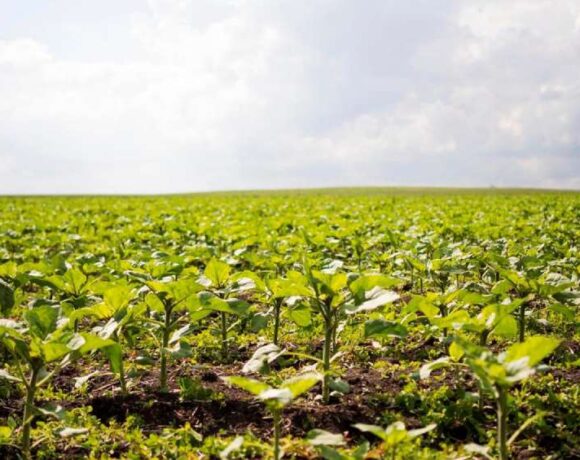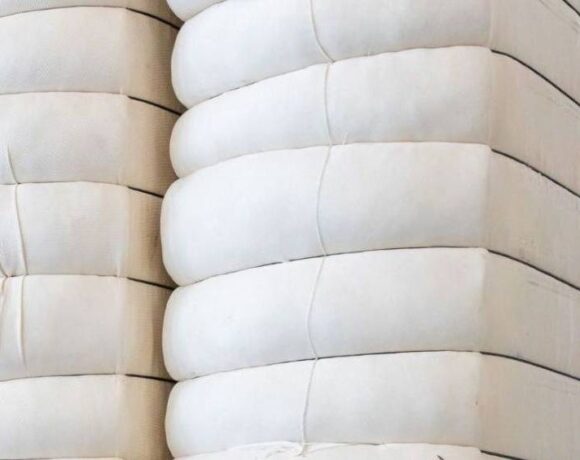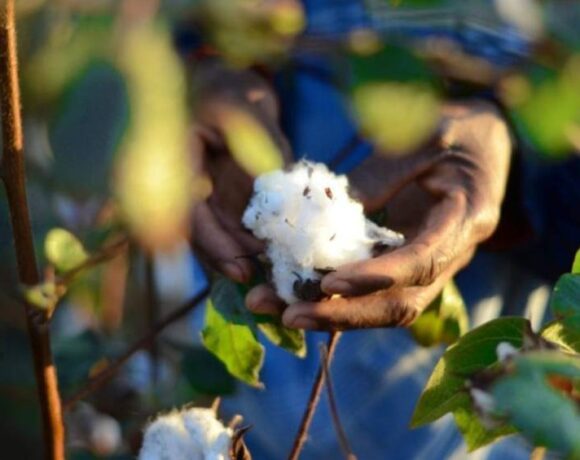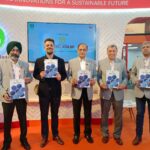CmiA Using Remote Sensing Satellite For Producing Cotton

The Cotton made in Africa (CmiA) project is exploiting the potential of satellite-based remote sensing for sustainable cotton production.
This process for obtaining soil and vegetation information, also known as remote sensing, has become increasingly important in agriculture worldwide in recent years.
It makes it possible to increase the efficiency, productivity and sustainability of agricultural operations.
In collaboration with Geocledian GmbH and Tanzanian cotton company Alliance Ginneries, the advantages will also be available to other CmiA partner companies also.
Since May 2023, CmiA and its project partners have been pursuing the goal of harnessing the many advantages of remote sensing for cotton production south of the Sahara.
Employees from Alliance Ginneries, among others, were trained by Geocledian experts in collecting GPS data for the project and the workflows when using the devices to collect GPS data were optimised.
Using the GPS data, the fields to be examined can be precisely located, which in turn is important for evaluating the satellite data using machine learning.
The aim now is to carry out a land use classification using a computer algorithm and the less error-prone the GPS data is, the better the algorithm is able to analyse the satellite data, field by field.
In order to achieve this goal, Geocledian checks the GPS data obtained from Geocledian geometrically and topologically and prepares time series for the recorded fields.
The information is provided by the earth exploration satellites of the Sentinel-2 space mission and a computer model is then trained to classify cotton fields using remote sensing data and machine learning.
After validation of the results, they will be made available to the Tanzanian partner.
The aim of the remote sensing project is to support CmiA partner companies in the annual mapping and registration of cotton fields. Using the validated data, they can also observe the phenological status of the cotton fields.
This helps identify anomalies and, if necessary, take countermeasures to secure earnings. It also means a lot of help in complying with the CmiA sustainability criteria.















